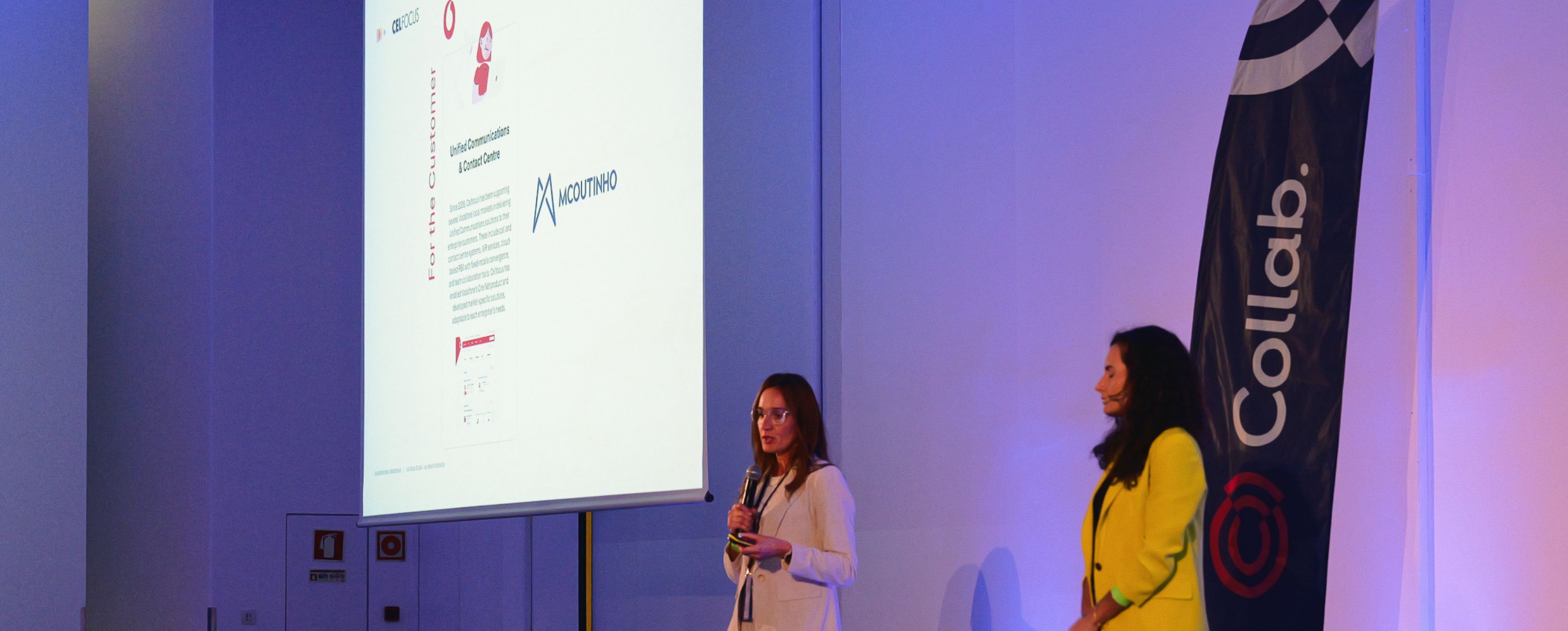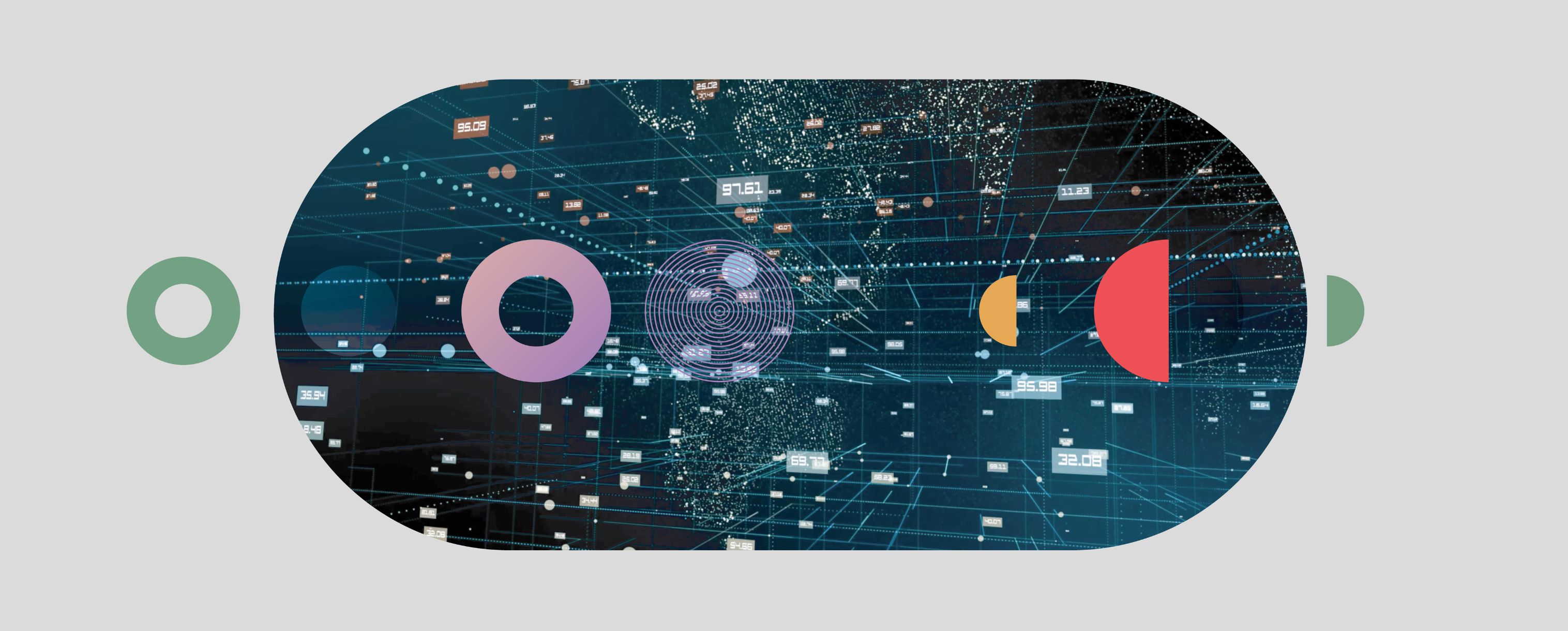Back in 2009, Vodafone Turkey faced a significant challenge. It needed to evolve and transform itself into a modern operator, ready to tackle the future.
Vodafone Turkey’s IT architecture was billing centric, with many bespoke applications, proving to be difficult and costly to keep up with the business requirements and market dynamics. Furthermore, customer satisfaction has always been crucial for the Vodafone Group, and in order to achieve the highest levels of service, the entire operation needed to be leaner, simplified from process and technology perspective, and refocus on customers and their needs.
Vodafone Turkey underwent a profound transformation that included both the EBU (Enterprise Business Unit) and CBU (Consumer Business Unit).
How we do it
In 2012, Celfocus’ engagement began with an assessment of the ongoing EBU transformation project by:
- Reviewing architectural and functional deliverables
- Improving project governance teams support
- Actively participating and restructuring development testing and both configuration and fast track, and solution architecture teams
Together with Vodafone Turkey, and following the assessment conclusions, Celfocus was awarded with the CBU transformation project for post-paid customers, focusing on ensuring that the end-result would deliver the best real-time customer experience based on the most efficient and effective business processes, supported by the most flexible IT systems in the Turkish Telco Market.

















